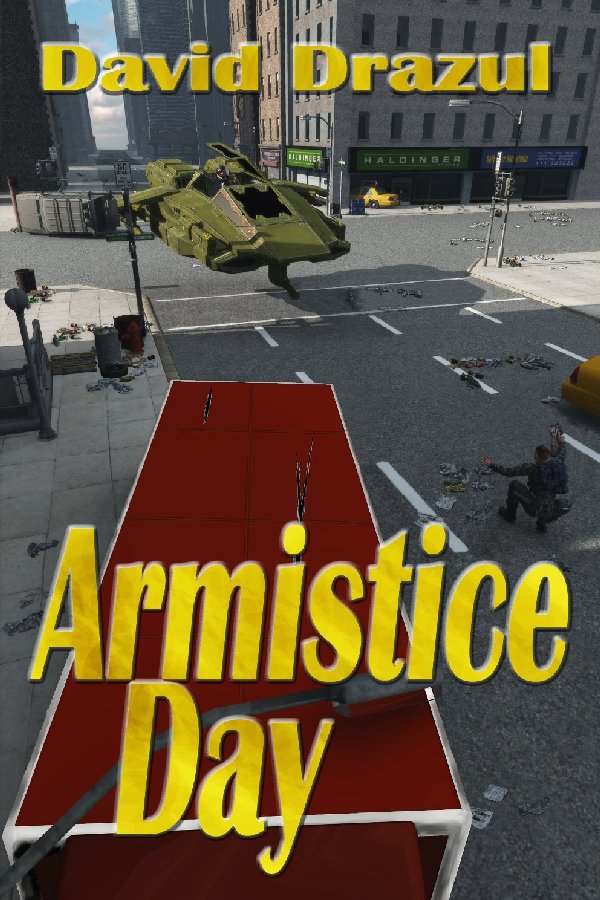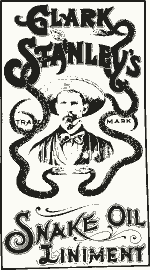 Full
disclosure: I backed the Kickstarter for this book, and even though I have a
fair amount of negative things to say, I don't regret it. I found it to be an
educational read.
Full
disclosure: I backed the Kickstarter for this book, and even though I have a
fair amount of negative things to say, I don't regret it. I found it to be an
educational read.
thrive: verb (used without object)
- to prosper; be fortunate or successful. Synonyms: advance
- to grow or develop vigorously; flourish.
The children thrived in the country.
survive: to get along or remain healthy, happy, and unaffected in spite of some occurrence.
She's surviving after the divorce.
After reading through all of the health issues (both mental and physical) that Nohelty shares with the reader, his suggestion not to strive for happiness in order to avoid falling into negativity, and the constant drumbeat of how exhausted he is from promoting his brand (blog posts, interviews, podcasts, strategizing his advertizing budget, evaluating what promotions are working, etc.) leads me to believe that he's deluding himself into thinking he's thriving; he's merely surviving.
But "survive" isn't as marketable a word as "thrive." And it's clear to me after reading this book, that Nohelty knows marketing.
And that's where this book has value. Right from the start, Nohelty gives his readers a reality bath. If you have any illusions about your chances of success after publishing your book, then he will wash those illusions away. Once he's done that, he works hard for you to accept things as they are. It's not your fault. Capitalism is a rough system with many evils; it's difficult to conduct commerce in such a system, but it's what we have to deal with. Nohelty doesn't want authors to let the system damage their mental health.
Once that's out of the way, he shares his business experience, matters of personal health, his experiences with social media, makes suggestions about automating your workflow, explains arbitrage, agonizes over the size of his mailing list, crunches the numbers on advertizing ROI, drowns you in marketing philosophy, and tries to get you to focus on what works for you. There's even a clever bit about author archetypes which he and his partner have dubbed "biomes." There's plenty more, but it can be repetitive at times and rambling, and I found myself wanting him to get on with it. But he has to get it all out there because he's trying to make a point and, IMO, he's burning the candle at both ends.
There's a workbook—emphasis on work—that goes with this book that could prove useful. But if you need a guide you can sign up for the service that he and a fellow successful marketer have devised. Nohelty goes into some detail about that in the book, and it stuck in my craw. I don't fault him for monetizing his experience, but I do feel like he's trying to upsell anyone who bought this book. And I don't really appreciate that, but hey, we live in a capitalist dystopia, so it's all fair game.
So if you're an indie writer, should you pick this up? If you've got a routine that you're happy with, then no. If you're content with your writing as a fun hobby, then also no. But if you've got at least three books under your belt, you've sold less than 100 copies (like 99% of us), and you're looking to find out what may or may not be required of you to grow your brand, then yes. It's a sobering look at one man's efforts (one who already had experience with sales and marketing) to grow his brand. Maybe you'll find something in it that works for you.
And Mr. Nohelty, if you're reading this, H.P. Lovecraft never lived in Los Angeles, much less had a salon there.
\_/
DED
 Over
at the Independent Publishing Magazine, guest blogger Andrew Deen
Over
at the Independent Publishing Magazine, guest blogger Andrew Deen


 Here are the winners for 2016:
Here are the winners for 2016:
 Richard Abbott: "
Richard Abbott: " DED: It took me a while to decide which book to pick for best of 2016. There were a few contenders, so I had to go back and revisit them all. After weighing the strengths and flaws of each, I finally reached a conclusion. My pick for best of 2016 is
DED: It took me a while to decide which book to pick for best of 2016. There were a few contenders, so I had to go back and revisit them all. After weighing the strengths and flaws of each, I finally reached a conclusion. My pick for best of 2016 is 
 Sometimes, for whatever reason, the vision an author has for their book cover fails to connect with the targeted audience. Michael John Grist takes us through the process of the cover creation process for Mr. Ruins. Much like what he did to his protagonist, Grist had to tear down his idea for the book cover and rebuild it.
Sometimes, for whatever reason, the vision an author has for their book cover fails to connect with the targeted audience. Michael John Grist takes us through the process of the cover creation process for Mr. Ruins. Much like what he did to his protagonist, Grist had to tear down his idea for the book cover and rebuild it.

 DED: There were a few titles that I thought were very good this year. In order to narrow the list down I had to pick out the flaws in the choices, no matter how small. That got my list narrowed down to two. It was a tough decision, but ultimately, I chose
DED: There were a few titles that I thought were very good this year. In order to narrow the list down I had to pick out the flaws in the choices, no matter how small. That got my list narrowed down to two. It was a tough decision, but ultimately, I chose  I may be opening up a can of worms here, but
I want to try something new.
I may be opening up a can of worms here, but
I want to try something new. Last week I received an email from a reputable indie publishing blogger inviting me to a webinar where I could learn how to double my sales from a successful indie author. It sounded too good to be true, but since this was a reputable indie publishing blogger, I decided to give it a shot.
Last week I received an email from a reputable indie publishing blogger inviting me to a webinar where I could learn how to double my sales from a successful indie author. It sounded too good to be true, but since this was a reputable indie publishing blogger, I decided to give it a shot.

 For those who don't already know,
For those who don't already know,  It has been a long standing tradition of independent publishing that
It has been a long standing tradition of independent publishing that 


 When it came time to choose a cover for my book I perused
When it came time to choose a cover for my book I perused  Initially I hired out cover design to a friend that did work similar to book design. The first covers he made for The Digital Sea and The Godhead Machine were passable, but not exciting at all. After he made those, I asked him to do the cover for my YA dystopia novel called Gamers. Unfortunately, we didn't see eye-to-eye on the design process. He hadn't read the book and didn't understand the YA market, so I fired him. In the meantime, my wife had purchased Photoshop with the idea that eventually she could make covers. Once I fired the other guy, I asked her to go for it (she'd done a short story cover by this time, which was a good starter cover). We'd walked the bookstores and studied covers for a while so we know want we wanted.
Initially I hired out cover design to a friend that did work similar to book design. The first covers he made for The Digital Sea and The Godhead Machine were passable, but not exciting at all. After he made those, I asked him to do the cover for my YA dystopia novel called Gamers. Unfortunately, we didn't see eye-to-eye on the design process. He hadn't read the book and didn't understand the YA market, so I fired him. In the meantime, my wife had purchased Photoshop with the idea that eventually she could make covers. Once I fired the other guy, I asked her to go for it (she'd done a short story cover by this time, which was a good starter cover). We'd walked the bookstores and studied covers for a while so we know want we wanted.

